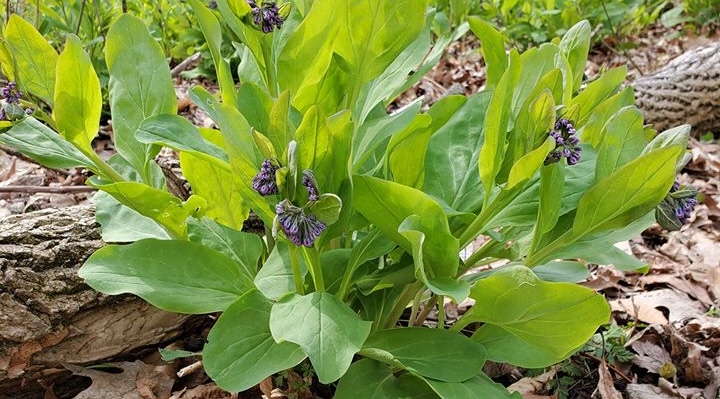Walking in Beauty
April 16, 2024
Last summer, we were in need of a Land Steward during a time of transition and a busy season. Amy Oberlin joined our team as the Land Steward in June and began helping with programs, caring for our preserves, and assisting with communications. We are thankful for the great work that she has done in caring for our environment and contributing to our mission.
While Amy has been a great addition to our team, she has decided to move on from the land steward position. We wish her the best in her future endeavors, and she will be missed. In her final Walking in Beauty blog, Amy leaves us with some things to look for as we continue walking in beauty through Brennan Woods this spring.
“’Walking in Beauty’ is a Native American phrase. It refers to being a part of the beauty around you. Not just conserving it, being a part of it.
Clear Lake Township Land Conservancy - with its clear, sparkling lake and lush preserves ̶ abounds with beauty. I am honored to have walked in it. I am saying good-bye after 10 months as land steward. I did my best every day, and I am better for the experience. I wish you all well, and I leave you with some things to look for as you enjoy your spring walks in the woods.

Watch for cutleaf toothwort along the trail. Green starbursts of leaves support light-colored, four-petaled flowers. Cutleaf toothwort is in the same genus, cardamine, as another plant that is already flowering at the preserve, hairy bittercress. The hairy bittercress, however, is nonnative and considered invasive.
In 2020, Lorri Stump photographed Virginia bluebells bursting from the leaf litter at Brennan Woods in April and mayapples pushing toward the sun. These are common northeastern Indiana spring wildflowers.


Right now, the dogbane at Brennan Woods hangs with long brown pods. You will see it among sawed lumber where a giant oak tree fell last year. While the plant is poisonous if eaten, its flowers are listed "very high" in importance to pollinators.
On warm sunny days, you might see the flittering of an orange butterfly. The Eastern Comma butterfly is an anglewing, identifiable by its scalloped wings. They are orange with brown spots when the wings are open but an inconspicuous brown when closed. Their preferred plant host is nettles, which grow around the trail on the east side of Brennan Woods and throughout the fen. Stinging nettles have sharp hairs on their stems and under their leaves that contain irritating substances like histamine, serotonin, acetylcholine and formic acid.
Along the prairie you may see purplish spiderwort or golden Alexander, also early bloomers. Watch, too, for Red Admiral and Painted Lady butterflies. I have seen both recently. Butterflies love the wildflowers along the western path as you enter Brennan Woods.
I wish you beauty. -Amy Oberlin”
